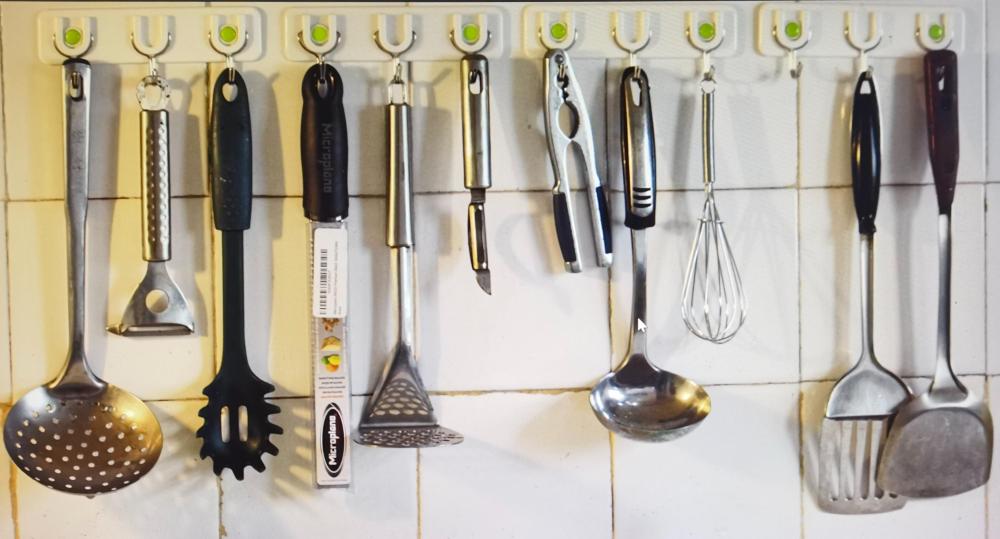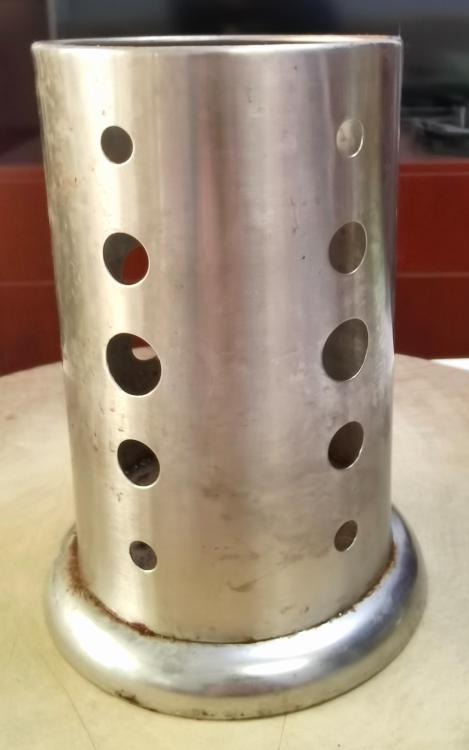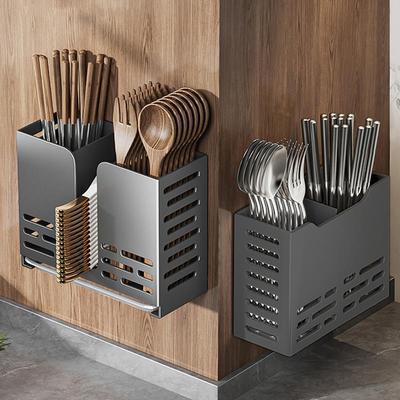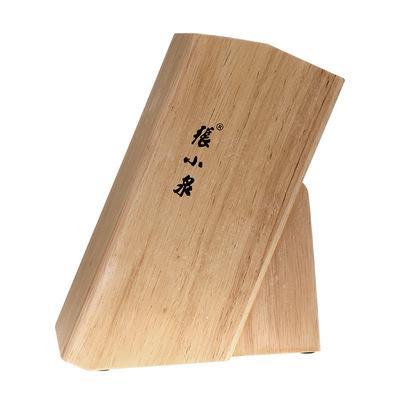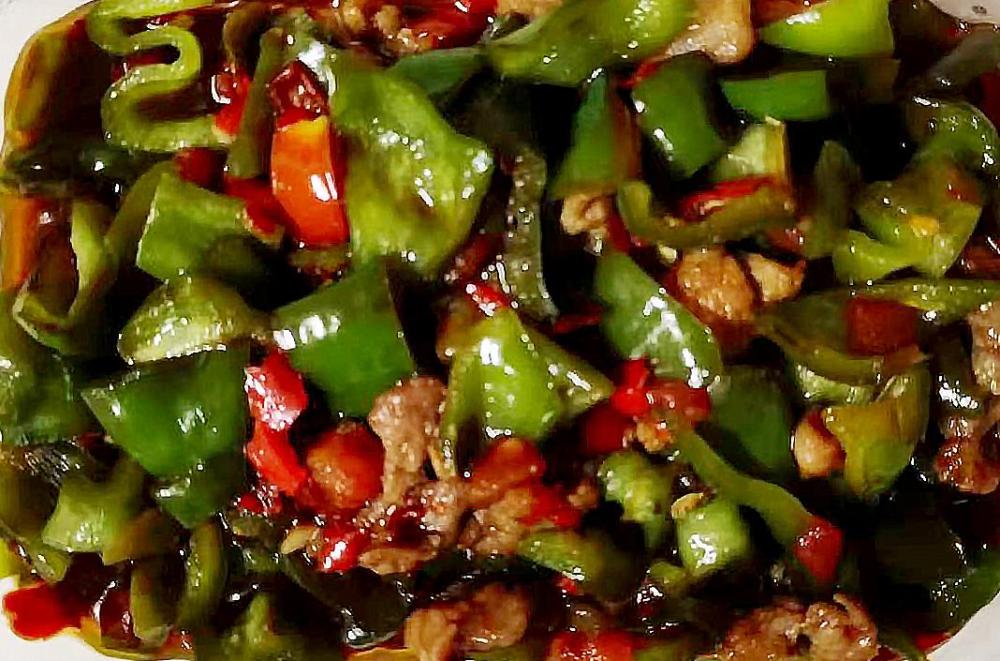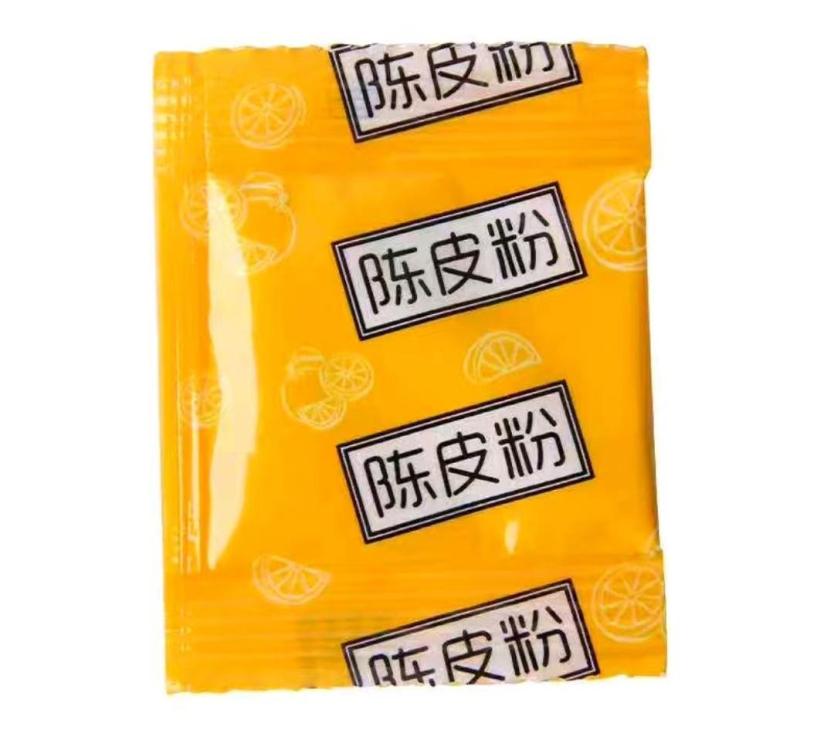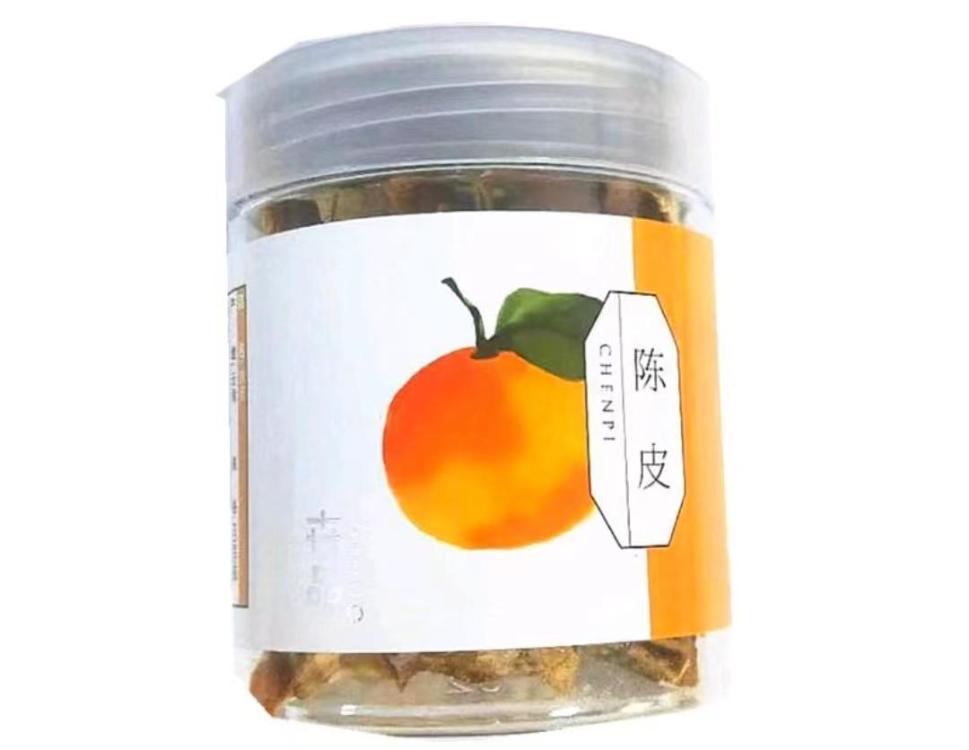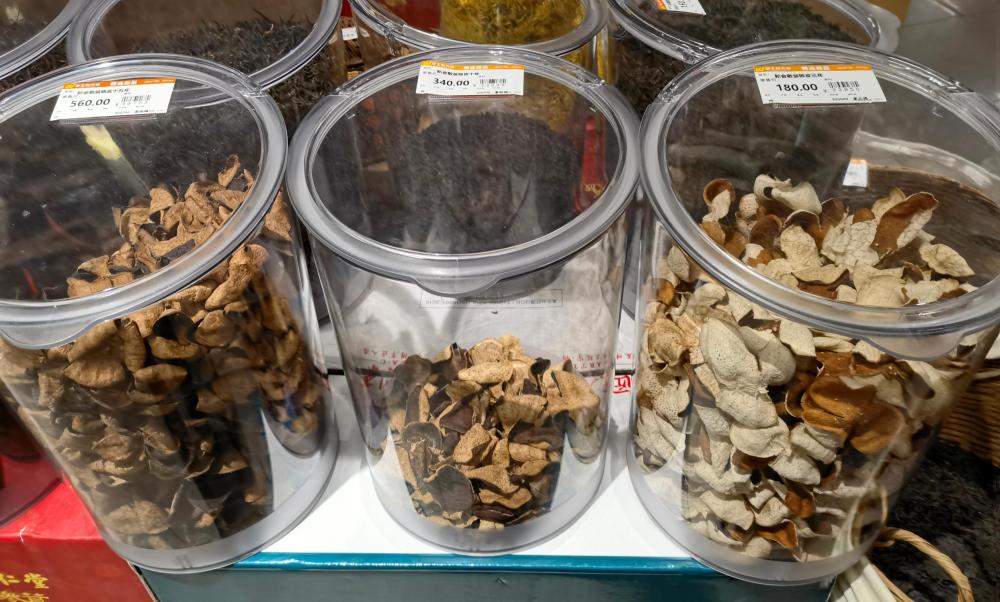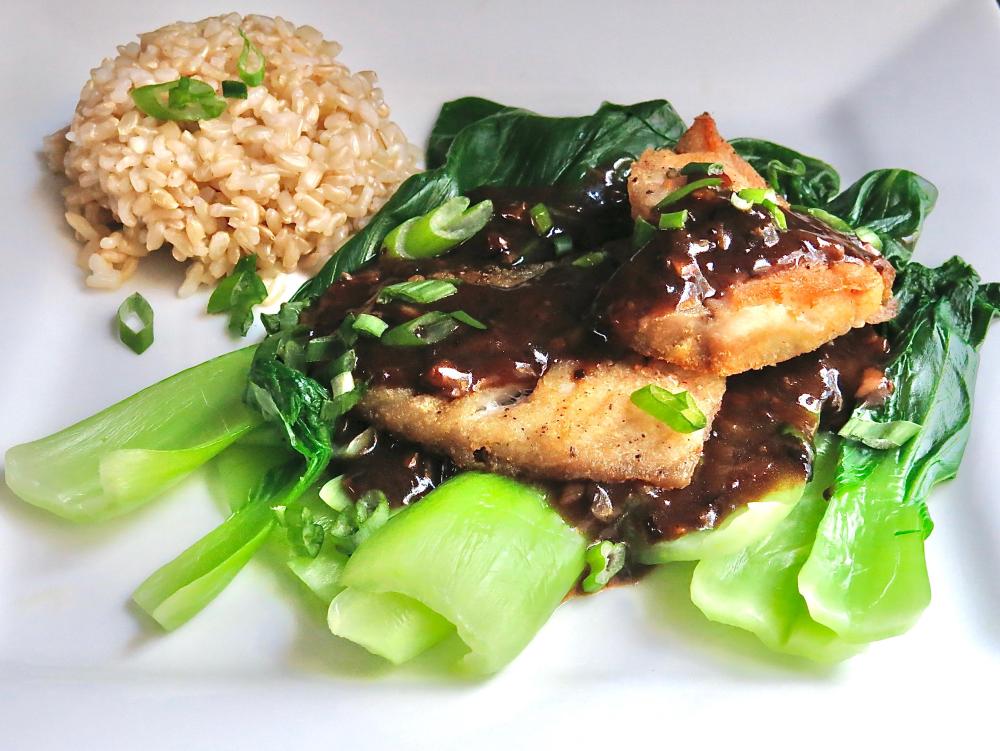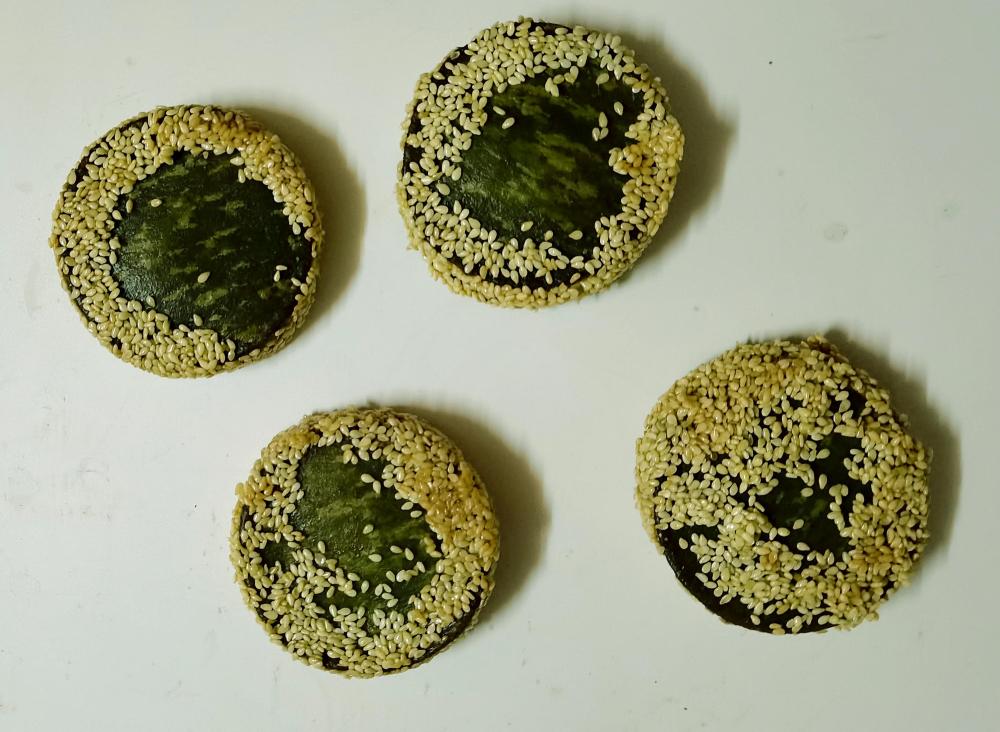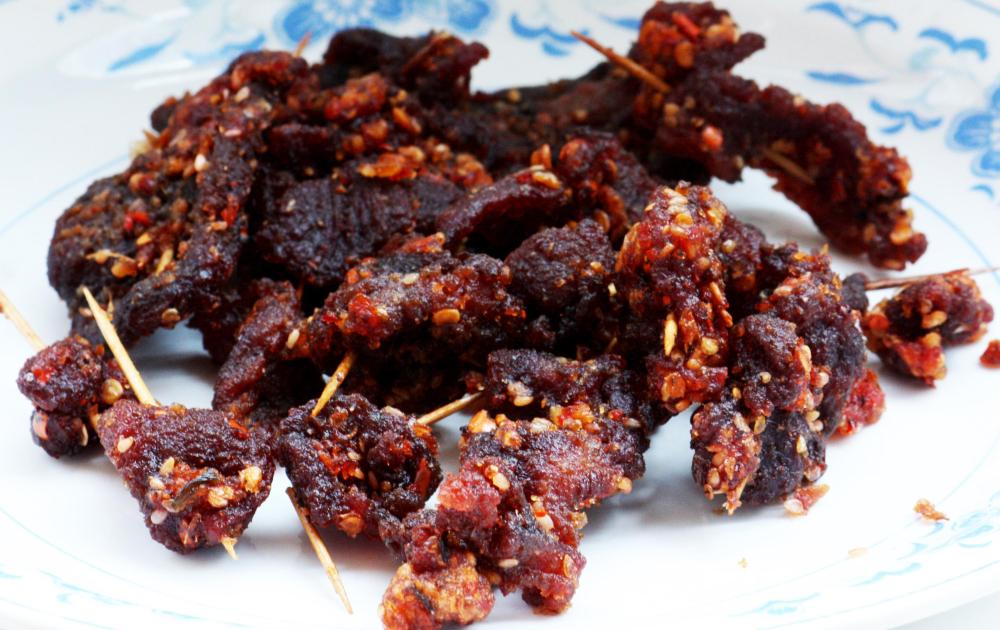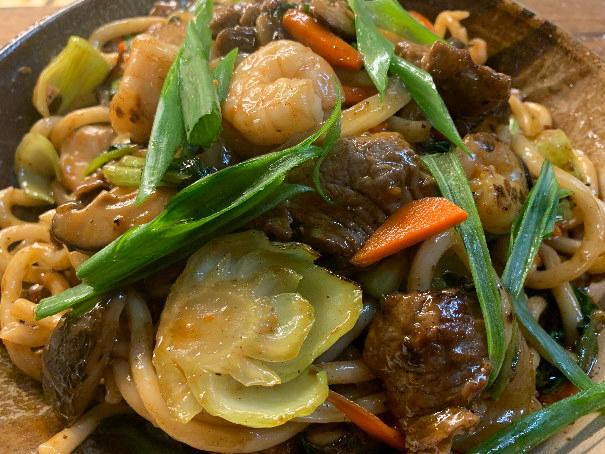Search the Community
Showing results for 'wok'.
-
I just use my wok. Instant I am done it goes in the garage while we eat and then gets poured through a small strainer that fits into a canning funnel right into a ball jar. Goes on the shelf until next time. Obviously a thermostatic device of some sort would get more uses out of the oil, but this is better than tossing the oil each time and is really easy to deal with. Same mechanism could be of course done with a fryer. Going up to a cabin for a few days this week to go fishing and a fry daddy is coming along...
-
Transition from PNG fired burners to Induction heating
Deephaven replied to a topic in Kitchen Consumer
Not sure if the Gagg is 10 settings or half settings or what. It was like $8k and the Wolf was $3300 so it wasn't in the running for me. It has singular coils and isn't the "freedom" setup of the Thermador with a ton of coils. It does have some "long throw" tech to supposedly heat up a wok further from the burner than most. Either way, just wasn't worth the extra dough for a knob for me. I wish others had the same knob setups....in particular the Bosch/Thermador since they are built usually in the same plant as the Gagg stuff. To pay for the hob it is something like that. If you add HVAC to cool the space it is much faster. I switched for mess and heat. Also figured it was coming at some point and my bimetal pans are still worth a ton now, but once it comes they won't be....unless they commercialize short wavelength induction for copper, but at that point I could just buy again. -
Do you dispute that coal contains heavy metals? These metals do, obviously, occur in nature, but do you want their combustion products and residue in your food? Bear in mind that coal is added to briquets, whereas any heavy metals in lump charcoal had to make it into the tree(s). I used to cook a lot on a solid-fuel stove, using wood, charcoal and anthracite coal. The coal burned much hotter, so much hotter that it required special grates and doors. Made for great wok hei, though. If you need citations, compare the Btu ratings for charcoal and anthracite.
-
Sounds very promising. Happy not to par-boil anything. Doesn't the garlic get burnt during the time it takes for the stalks to cook? For most of my stir-fries I start by making a a spicy oil with garlic, ginger and a couple of small dried chiles in the wok. I take the solids out when they start to get golden and use the oil to cook all ingredients. Then maybe add some additional minced garlic with the leaves? Then throw in the sauce, cover to steam a minute? Gai lan is on the next shopping list. Oh, what is Golden Mountain sauce?
-
I anticipated someone asking this. First, I must say my kitchen and the average Chinese family's kitchen probably differ. I cook western food about 25% of the time which my neighbours don't. Different cuisines; different techniques; different tools. For example, the most used tools, maybe the only tools in a Chinese kitchen are a wok scoop/spatula, a ladle and a strainer which normally hang on the wall beside the burner unit. Mine hang there, too for easy access, but my collection of 'essentials' is wider. Here is my kitchen wall in the rental before last. The strainer on the left, the wok scoop on the right and the ladle right of centre would be enough for my neighbours. Most wouldn't even know what the others are for, especially the microplane. One tool is missing, I notice. My fish descaler. Must have been a fish night. Smaller items usually sit on countertops in containers like this. This one is about 8 inches tall. It usually contains large spoons, a meat mallet, poultry shears etc. I also have a smaller one for teaspoons etc. I have three of the larger ones, but my neighbours probably just the one. I'm a bit of a gadget addict. Chopsticks live in dedicated boxes, either wall mounted or free-standing. Image from online shopping site, Taobao Knives and one of my sharpening steels are in a couple of knife blocks like this. The other steel is hanging on the wall. Image from online shopping site, Taobao OK. I'm a kitchen knife fetishist, too. My neighbours make do with a cleaver and maybe a paring knife. I like this system My tools are always to hand* and I don't need to go rummaging in drawers when I need something. At the same time, I see some advantages to drawers. I guess it's what get used to that matters in the end. * They aren't to hand at the moment. Emptying boxes with a (healing) broken back is a slow process. A friend is coming tomorrow to help.
-
@Kim Shook Thanks for the detail. Too much to comment on indivdually but a tasty array. Couple things - don't beat yourself up on the potatoes - we have disussed here before sometime the journey of the spuds from field to eventual store can have bumps that cause issues. Nice you found a new lasagna. I've only had the Rana fresh pesto and its the only one I will buy. And Jessica did a lovely job getting color on those snap peas - wok hei!
-
There is a new series on Netflix all about street food and the vendors who bring it to the masses. I saw one episode so far on a Thai woman who earned a Michelin star for her food, it is humble beginnings and pure necessity that drive a lot of these people to this vocation. What was striking when you look at this woman of advanced age (I don't recall if they said her age or I just missed it) you can see the strength in her arms from tossing a steel wok all day, every day, and the burn marks that are no doubt the occupational hazard. She wore some crazy goggles while she cooked (looked like motorcycle goggles) to protect her eyes. A real badass, she cooked what she wanted to eat and knew people would want to buy it.
-
1997, Western Hunan, (湘西 - xiāng xī). I fell in love with this simple dish. The restaurant I usually ate it at was run by a couple, him doing the service and her doing the cooking outside the front of their small place, making everything in one wok, one serving at a time. She had a special of the day each day and I was always happy to order this one when it appeared (athough I could order it any day). 青椒肉丝 (qīng jiāo ròu sī), literally green chilli pepper shredded meat - as ever when the type of meat is not specified, it means pork. Although Hunanese in origin, it can be found pretty much all over China and is commonly cooked at home.
-

Hi I am learning to cook so I can make vegetables taste good
liuzhou replied to a topic in Welcome Our New Members!
Chinese food uses a lot of vegetabes but almost always with meat included, too. Vegetables are stir-fried, often in lard (pig fat). I realise you are not necessarily looking for vegetarian food, though. However you might want to read this article first for background. As to cookbooks as mentioned by @Katie Meadow, I recommend you have a look at Every Grain of Rice: Simple Chinese Home Cooking (eG-friendly Amazon.com link) by Fuchsia Dunlop. This covers simple family cooking as actually found in China. My neighbours would recognise every dish. I agree with Katie that a good wok, preferably carbon steel (and definitely not non-stick), is the way to go. If you have a Chinatown or Chinese market nearby, they are usually the best place to buy them. Don't worry so much about high heat - Chinese home cooks manage well with normal domestic stove tops. Good luck! If you have any more questions, feel free to ask. -
I too love head on shrimp and prawns and agree with @KennethTthat deep frying is best. I buy them live and purged so they go straight into a hot wok of oil (they are killed instantly) and cook in seconds. I then drain and dress them with mix of salt and toasted then ground Sichuan peppercorns. Smaller examples can be eaten shell on, but no matter what size they are biting into the head is orgasmic.
-

A pictorial guide to Chinese cooking ingredients
liuzhou replied to a topic in China: Cooking & Baking
Here’s something I haven’t seen before. S: 陈皮;T: 陳皮 (chén pí), dried orange or tangerine peel is a common ingredient in Chinese cuisine. Every supermarket has it, although most people dry their own, including me. It keeps for decades in a sealed container in a cool dark cupboard.. In fact, for most people, the older it is; the better. It is possible to buy peel up to 80 years old. That is expensive, though. More than $5 USD a gram. These three jars in my local supermarket hold (left to right) 15-year-old peel ($77.39 USD / 500g), 10-year-old ($46.99), 3-year-old ($24.88). The Woks of Life site goes to its ludicrous lengths as usual, explaining how to dry it. One sentence would do. “Remove peel and dry it in the sun.” It is used medicinally, but also in both sweet and savoury dishes. It is used in hot pot bases, in soups, stocks, and especially, braised dishes. So, I’m well used to the ingredient. What I found yesterday was powdered peel in sachets. I totally fail to see the point. The stuff comes free with every tangerine you buy! Dried tangerine peel powder -
I think my range is on the way out.....decisions decisions
Deephaven replied to a topic in Kitchen Consumer
Glad you found a fix for your current unit. In the future though I suggest a more serious look at induction. I have bluestar and the two critical things you cite are definitely the strength of induction and not the bluestar. Even on the 8k burner with a deflection plate and an extra 2 stacked grates you can't simmer on the range. I gave up and do it in my oven. Wok cooking as well. Compared to other gas ranges (wolf/dacor directly tested often) it is brilliant but even the cheaper wolf induction destroys it. Shocking how much less "boiling" proteins do on the induction. After a bunch of testing my bluestar is about to get sold. It's a 36" range top, but about to be a 36" induction. Was a hard swallow as well since I have a near complete collection of deherrelin copper. -
Would love input on my shopping list. Remodeling the house and my beloved Bluestar and Copper Mauviels aren’t part of the plan. Basically starting from scratch pan wise outside of some oblique pieces I am not replacing. For the ones I am replacing my current shopping list is below. Would love input on if there is something else that would be of benefit to replace/upgrade these with. I've searched the forum and while there are topics on pans, none of them seem to be focused on induction and choosing overall the pieces that will be used. I am definitely willing to budget more if there is a gain, but would like a well rounded list. It pans me to replace my copper, but the time has come. Some great info on copper pans here: Some great info on copper cookware here: Which led me to the Falk which you will see below. As for pan technologies this is also a great read Either way, for this thread we are a family of 4, rather large eaters and we make pretty much food from every part of the world. Induction is new to us and I'd like to make the right decision the first time through. Here are what we are contemplating first in pictures and then my Excel summary. Frying pans: General purpose Falk Copper in 28 & 32cm High heat searing Demeyere Proline 32cm High heat not worry about it pan Madein Carbon Sauce/Saucier: Generally looking at only Saucier as I don’t know what I’d need a sauce pan in addition? Falk 18, 24, 28 Butter warmer Made in .75 Quart Griddle & Wok Madein I’ve tested this griddle, but have no idea on the wok. The griddle worked great on the Wolf induction range I am getting so I figure it is logical Stock pot/Dutch Oven Cuisinart 12qt and LeCreuset 7.5qt General questions: · I hadn’t planned lids that match as I tend to prefer silicon lids that are more universal. Butter warmer is the exception, am I nuts? · Is the 11.5“/29cm diameter stock pot logical or something narrower and taller? · 7.25qt/liter LeCreuset the right size for a family of 4? Staub or another choice more logical? · I have both a 28cm Saute and Saucier...are these redundant? Should I instead get a smaller Saucier? · Being the Saute is a bottom only cooking vessel should I go with the Demeyere instead? ... or possibly a Fissler? And my shopping/pricing list. I am going to Europe here in November and being the prices of Falk/Demeyere are much better there plan to purchase then. As a pre-shopping I had planned to order the try me Falk pan now. Feel free to point out anything negative, positive or nuts. I have some time, but would like to prepare for my trip.
-
Poke? Here's one recipe for skipjack poke. If you make poke for a party and have leftovers, you can make wok-fried poke the next day. Here's Sheldon Simeon's wok-fried poke recipe and here's a Sam Choy video: Seared tuna loin steaks are always good. I've been using the salt/pepper/crushed coriander seed coating that I got from a recipe in Taste & Technique. Once seared, you can serve as a steak with any sort of salsa/relish type thing that appeals to you. Or slice up the seared steaks and use on a salad or stuff into tacos. Smaller pieces are good candidates for making tuna confit. Here's an LA Times recipe Conserved Tuna that's similar to the one that I use from the Zuni Cafe Cookbook and use it to make this Pasta with Preserved Tuna. I like the seasonings in that Zuni tuna recipe but sometimes use the Chef Steps sous vide method instead of the stovetop.
-
Looks great but I'm confused - you have rice on the plate - so how do you not have toasted rice powder? Just dry fry some raw rice in a wok until toasted then grind in a spice grinder or mortar.
-
Feeling a bit bored I decided to enumerate my battery of cookware. Only general purpose pots and pans designed for cooking over direct heat on the stovetop. I counted 60. This excludes all electronics and bakeware, as well as specialty pieces such as grills, griddles, fish poacher, aebleskiver pan, takoyaki pan (takoyaki are smaller than aebleskiver after all), and Rancho Gordo bean pot. Plus the humongous chicken steamer. For purposes of this post I did include my tagines and donabe which are more generic in function than, say, an aebleskiver pan. Though I dare say in a pinch one could prepare passable takoyaki in an aebleskiver pan. But why would one? The pieces I use most often seem to be a forty year old stainless stockpot (no copper or aluminum, just thin steel), a well battered Williams Sonoma Thai wok (for which I have a spare still in the box), and a variety of saucepans. What I find myself lacking is a small saute pan. Sad. Particularly since I prefer saucepans with high sides. How do other eGulleters relate to their pot and pan addictions?
-
Yesterday's lunch was Crispy Black Bean Butterfish from Cook Real Hawai'i I've always used fermented black beans in a stir fry prep where everything comes together in the wok so this method of making a the sauce separately, frying the fish and blanching the baby bok choy was interesting. I used rockfish instead of the butterfish (black cod) specified in the recipe so it was a bit less luxurious but still good.
- 807 replies
-
- 12
-

-

-
Quick Curry Beef from the “The Woks of Life” - flank steak marinated in oyster sauce, light soy sauce, oil, water, cornstarch and baking soda. Afterwards stir fried with red and green bell peppers and onions. Sauce made from chicken stock, curry powder, turmeric, sugar and cornstarch.
-
Hi I am learning to cook so I can make vegetables taste good
Katie Meadow replied to a topic in Welcome Our New Members!
If you have read any of @liuzhou 's recent posts you already know that Chinese food is almost endlessly varied. However, I believe it is possible to learn to make a relatively easy and basic stir-fry using vegetables that are available to you and with a small investment in basic condiments. The trick is that a decent wok and a relatively high flame are essential. Many people try to make stir-fry in a saucepan with inadequate heat, and that's really just a sauté. Personally a stir-fry is my go-to easy and fast meal, and the best way I know of to combine different vegetables. And one technique or method can get you started. There's a short learning curve when it comes to what ingredients to add when, but that will make sense quickly. And you do need to prep all ingredients before cooking, because you will probably need to work fast. Maybe someone else can suggest books that get you into Chinese cooking; I've honed my technique from various sources, and can't think of just one book to recommend for a beginner. Where do you live? What kinds of ingredients are you most likely to find near you? That might get you more specific responses here. -
扬州炒饭 (yáng zhōu chǎo fàn) Yangzhou Fried Rice. Yangzhou is a city sitting on the north side of the Yangtse (note 1) river in eastern China’s Jiangsu Province. The city is known for its refined cuisine and especially for its fried rice, widely considered to be one of the best. The internet is full of recipes, most of them wide of the mark, as are those on YouTube etc. This is an authentic recipe from Yangzhou. Ingredients: 300 grams of cooked white medium grain rice, refrigerated overnight. Red chilli pepper to taste Green chilli pepper to taste 30 grams finely diced carrot 80 grams good quality ham finely diced (note 2) 5 grams white sesame seeds, untoasted 10 grams finely diced onion 3 grams minced scallions 3 grams salt 1 gram chicken bouillon powder Method: 1) Prepare everything before cooking anything! Number one rule of stir-frying. 2) Heat wok and add a little neutral oil (note 3). When oil starts to smoke, add scallions and onions and stir rapidly until fragrant then add the chilli peppers, carrots and ham. Stir briefly, then add the rice, mixing it in well and breaking up any lumps (note 4). When rice is fully incorporated add the salt, chicken powder and sesame seeds Notes 1 The term ‘Yangtse’ is all but unknown in China. The river, the world’s longest, is called 长江 (cháng jiāng), meaning ‘long river’ in Mandarin Chinese. 2 Good quality ham sausage can be substituted. The ham of choice in Yangzhou is Jinhua ham from Jinhua city in neighbouring Zhejiang Province. Good Italian hams work well. 3 Soy oil, sunfower oil, peanut oil or rice bran oil are best. Never olive oil. 4 The best way to do this is to press down of the rice in the walk with the back of a wok scoop. This breaks the lumps without breaking the individual grains of rice. Keep stirring until piping hot and serve.
-
Clean-out-the-fridge fried rice, with arroz verde, asparagus, bacon, escabeche sauce, ginger, garlic, jalapeno, half a white onion, fish sauce, egg, and cilantro. Should’ve let the rice dry out a bit on the counter before it hit the wok. But hey, tasted good and I cleared plenty of space in the fridge.
-
Hi @Kim Shook: Apologies for late to reply. It's actually spring here and I've been busy playing in the dirt! Not sure what is traditional chow mein, but our Soo's #12A Cantonese Chow Mein has always been a bed of noodles topped with mixed veg and proteins with a light "gravy" of chicken stock and slurry. We used the packages of dry egg noodles, toss into boiling water until softened, cold rinse, drain and keep in the fridge. With each order, we'd toss them into a hot wok with hot oil. We'd let them get a little bit of a crisp on the outside, then plate. Then we'd cook the topping. The sauce can soften the centre of the bed of noodles, but they outer part stays dry, unless you want it softened. I've also made it so it's like a thick pancake. The outside is crispy but the inside is soft. My grands like just the "stir-fried" noodles, with crispy bits but still soft. Lots of sesame oil! Lo Mein is noodles with all ingredients tossed together and a bit of sauce, but not gooey or runny. We don't like those. LOL! I usually use flat noodles for soup, or flat rice sticks for pad thai. I can get "steamed noodles" in the supermarket. They are loose rather than in cakes. Still have to dunk them into boiling water before the wok. But I am expecting @liuzhou to chime in with what he eats IN China.
-
One of my favourite snacky things is 牙签牛肉 (yá qiān niú ròu), literally 'toothpick beef'. Beef tenderloin is thinly sliced and cut into roughly 3 x 5 cm / 1¼ x 2 inch pieces. These are marinated overnight in soy sauce , Shaoxing wine, with flaked chilli, cumin powder, Sichuan peppercorns and crushed garlic. Next day, the pieces of meat are threaded onto pre-soaked toothpicks and briefly fried in a wok. The beef cooks almost instantly. After draining the beef, they are tossed in more chilli (if required) and sesame seeds, then served. This originated in Sichuan but is now available all over. Some supermarkets sell them ready made, but most people make them from scratch. It's important not to overcook them, something no one has apparently told he supermarkets. Great for snacking or finger food at a buffet - or beer food.
-
Prep takes longer than the actual one-wok cooking! Yaki Udon noodles with beef, shrimp, shitaki mushrooms, bok choy, carrots.


